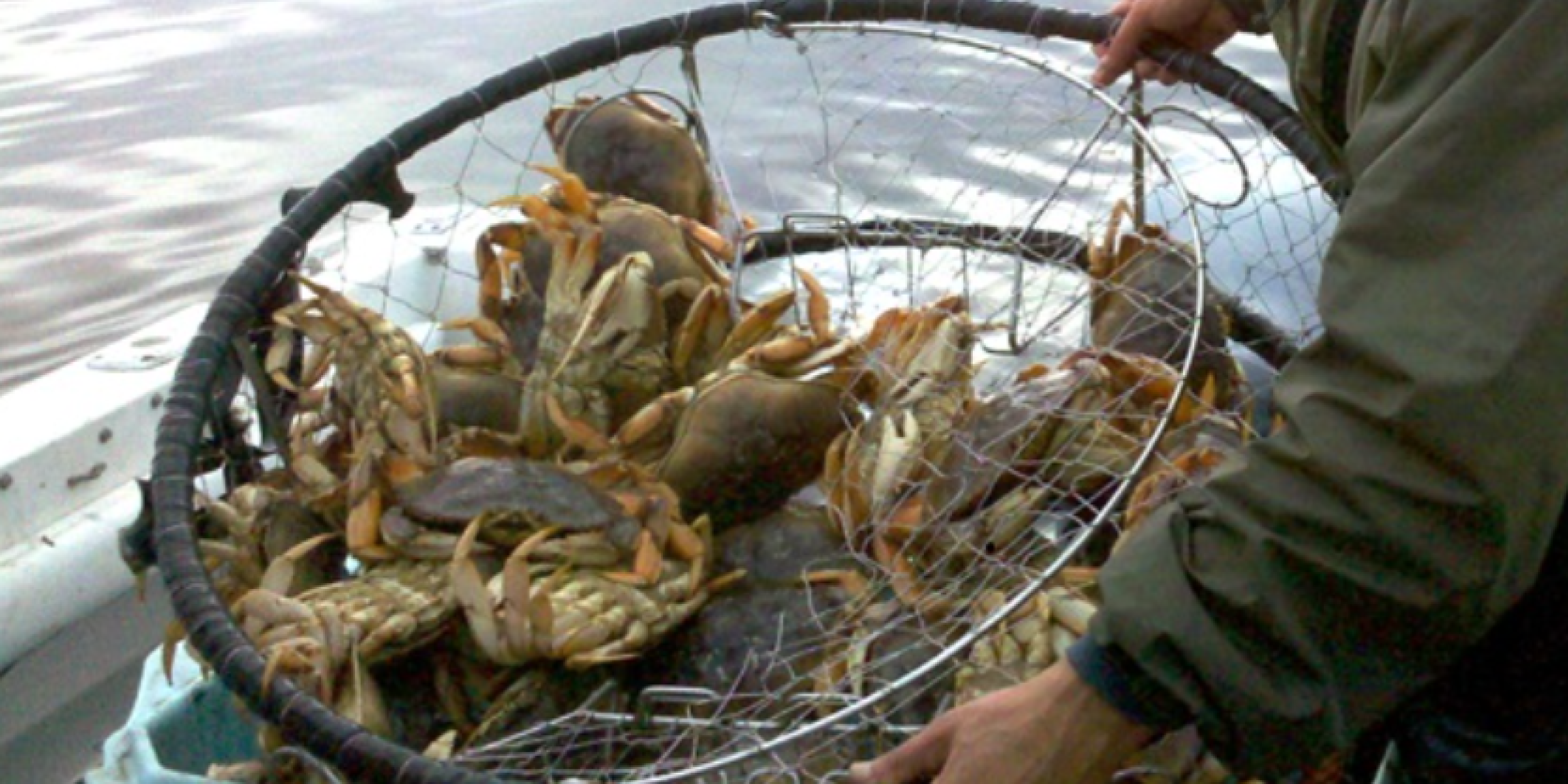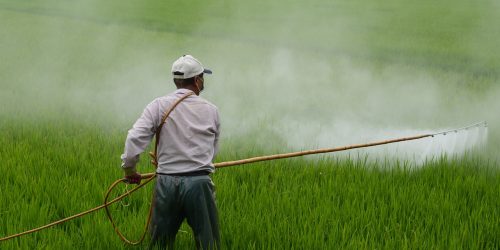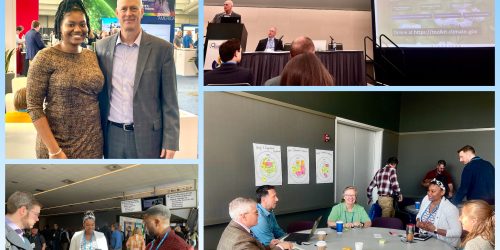Located off the coast of Oregon and Washington state, the commercial Dungeness crab fishery is one of the most valuable fisheries in the region. With economic values ranging from $77 to $216 million US dollars per year for the 2007/08 to 2019/20 crab seasons, the Dungeness crab fishery industry is one of the largest on the West Coast. In recent years, seasonal ocean forecasts have begun to inform decision making and management of marine resources. With this region experiencing environmental variability and change, it’s important to have operational ocean forecasts to improve predictions of Dungeness crab catch rates.
In a new ICES Journal of Marine Science article, authors Emily Norton, Isaac Kaplan, Samantha Siedlecki, Albert Hermann, Simone Alin, Jan Newton, Kelly Corbett, Daniel Ayres, Ervin Schumacker, Nicholas Bond, Kate Richerson, Michael Alexander, and state and tribal fisheries managers, develop a model for Dungeness crab catch per unit effort (CPUE) to help inform dynamic management decisions in Oregon and Washington.
Using seasonal ocean forecasts from J-SCOPE to develop statistical catch rate models for Dungeness crab, the authors also investigated the relative importance of ocean conditions, including the effect of static, dynamic, and historical (i.e. lagged) conditions, on adult crab catch rates.
The relationships between catch rates and ocean conditions may help explain environmental influences of catch variability. Forecast products were co-designed with managers to meet their needs for key decision points. The results also illustrate a seasonal forecasting approach for management of other highly productive, but also dynamic, invertebrates that increasingly contribute to global fisheries yield.
For more information, contact Courtney Byrd.
Image credit: J. Newman










